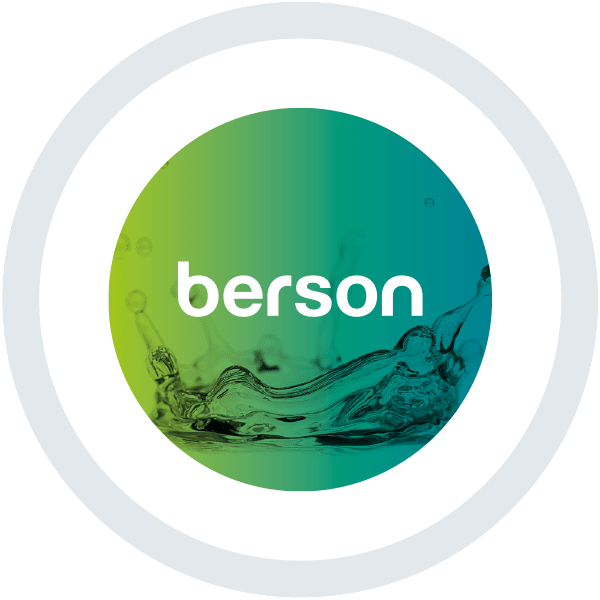The role of UV disinfection on controlling Legionella in a healthcare facility’s water management program
In 2017 the Centers for Medicare & Medicaid Services (CMS) issued a memorandum requiring healthcare facilities to implement a water management program to reduce the risk of growth and spread of Legionella and other opportunistic pathogens in water. The memorandum stated that between 2000 and 2014, 19% of reported cases of Legionnaires’ Disease (LD) outbreaks were associated with long-term care facilities and an additional 15% were from hospitals. According to CMS, common building water systems where Legionella can be found include:
Hot and cold water storage tanks • Water heaters • Water-hammer arrestors • Pipes, valves, and fittings • Expansion tanks • Water filters • Electronic and manual faucets • Aerators • Faucet flow restrictors • Showerheads and hoses • Centrally-installed misters, atomizers, air washers, and humidifiers • Nonsteam aerosol-generating humidifiers • Eyewash stations • Ice machines • Hot tubs/saunas • Decorative fountains • Cooling towers • Medical devices (such as CPAP machines, hydrotherapy equipment, bronchoscopes, heater-cooler units)
In 2018, Weas Engineering presented a paper that dug deeper into this topic to provide some practical recommendations for healthcare facilities who need to comply with this memorandum. As part of their work, they analyzed the prevalence of Legionella, Pseudomonas aeruginosa, and Non-Tuberculous Mycobacterium (NTM) in potable water. Below is a summary of their works and findings:
- 1288 potable water samples were tested for Legionella, Pseudomonas aeruginosa, and Non-Tuberculous Mycobacterium (NTM).
- Legionella was present in 12% of the samples.
- NTM was present in 94% of the samples.
- Pseudomonas aeruginosa was present in only 1% of the samples.
- >95% of samples contained heterotrophic bacteria.
Figure 2: Percent Positive of Total Samples

In addition, …
- 14% of the Legionella positive samples had counts >10CFU/100ml, 5% were >100CFU/100ml, and 1.8% were>1000CFU/ml
- >50% of the HPC positive samples had counts >1000CFU/ml (which far exceeds EPA’s drinking water limits)
Given this data and the high prevalence of both HPC and pathogenic organisms like Legionella in the potable water supply, implementing a water management program as required by CMS certainly makes a lot of sense, but it can be difficult for facilities to figure out where to begin. The CDC has provided a toolkit to help facilities comply with ASHRAE Standard 188. While UV’s role tends to be for secondary disinfection in these water systems, it’s importance cannot be overstated. Legionella, Pseudomonas, and most heterotrophs are highly susceptible to UV disinfection. Utilization of UV for secondary disinfection and as a firewall can greatly reduce the incoming levels of these organisms into the healthcare facility while chlorine and other disinfectants can then be used to provide residual disinfection throughout the building. This dual disinfection approach helps to ensure that chlorine resistant organisms are inactivated by UV before they enter the facility’s water system and become problematic in the future.
For more information…
http://www.weasengineering.com/assets/awt-manuscript_2018_final.pdf
By: Brian Grochowski









